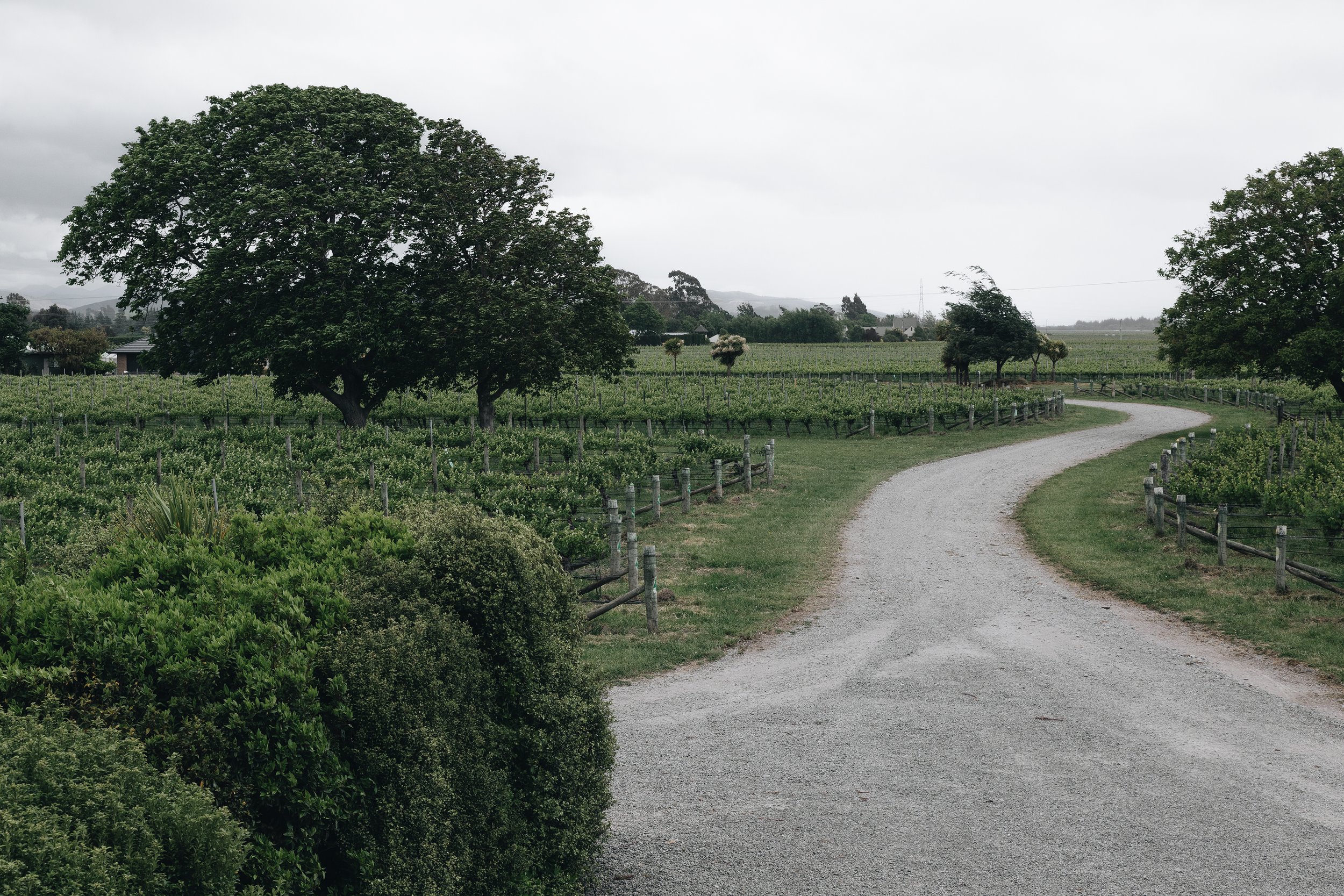
Huia Estate started as an idea in 1990. The vines we make our wine from were planted in 1996.
Marlborough is a place that seems to have the brightest sunshine and the most intensely flavoured wines.
From the start, the Huia vineyards have been nurtured with an ever increasing emphasis on environmental sustainability and organics. As the years have passed, the more evident it is that healthy clean vineyards are great places to live and work and produce more characterful wines. Every year they seem to just get better.
Huia environment
Huia is built on the belief that a natural approach to winemaking produces the best tasting wine. Our focus is to become more and more in tune with the total environment of the vineyards. Working in harmony with the entire countryside provides balance and longevity.
Sheep wander through the vines and chickens free roam to provide eggs. Olive trees are planted on the borders and make delicious olive oil.
To read more about Huia, visit the Journal
-
The home vineyard is situated in Marlborough’s Rapaura district. This premium site consists of free draining alluvial silts and undulating stony nature, close to the Wairau River and is well in the lee of the Richmond Range.
9 hectares
Plantings:
1994 — Sauvignon Blanc
1995 — Pinot Noir, Chardonnay
2020 — Syrah, Viognier
Certified organic since 2011.
-
The Wairau plains were formed originally by glacial action. The ranges which define the valley and contain the course of the Wairau River, lead to a diverse range of soils.
As a rule of thumb the vineyards close to the river have a large level of stones and alluvials silts. Through the centre of the valley and towards the Wither Hills the soils become richer and as you approach the slopes of the hills there is a higher proportion of clay.
-
Marlborough is on the east coast at 41.5 ° latitude. Average monthly temperature ranges from 7° C in winter to 18° C in summer. Winter nights often drop below freezing, with the maximum about –5° C. Usually after a frost, the day will be clear and sunny. Summers are characterised by many days upwards of 30°C.
Summer nights are cool and responsible for the low average monthly temperatures and for the intensity of fruit flavours due to the slow ripening. This creates a large diurnal temperature which is very beneficial for grape growing. The average rainfall is around 650mm per year evenly spread through the year.





